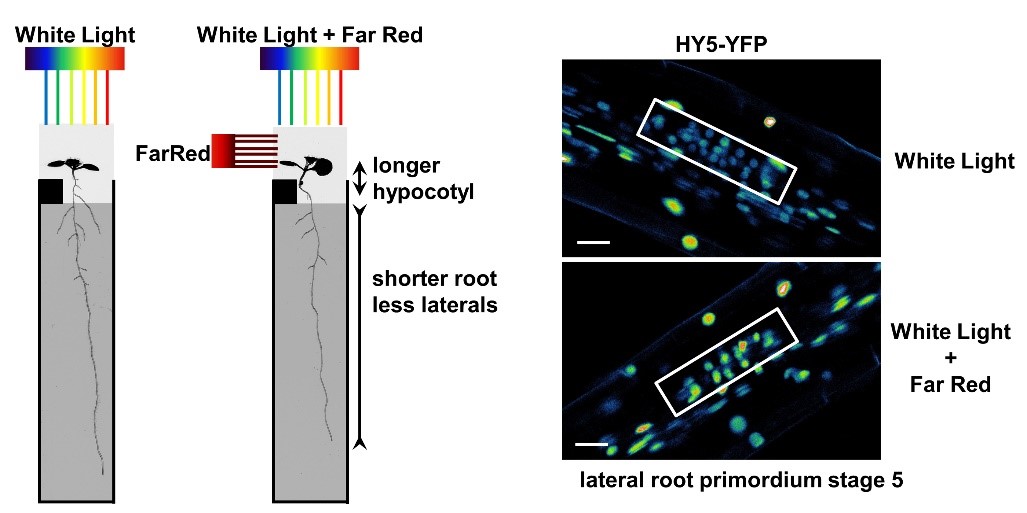
Roots Respond to Aboveground Far-Red Light
Research, The Plant Cell, The Plant Cell: In a Nutshellvan Gelderen and Kang et al. investigate the root response to Far-Red light detection in the shoot. The Plant Cell (2017). https://doi.org/10.1105/tpc.17.00771
By Kasper van Gelderen and Ronald Pierik
Background: Sunlight is the energy source for plants, however, when plants grow closely together…
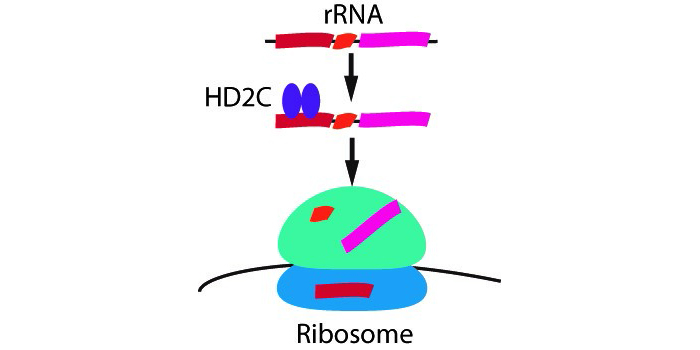
Ribosomes Meet Epigenetics
Research, The Plant Cell, The Plant Cell: In a NutshellChen et al. link chromatin modifying machinery with ribosome biogenesis. The Plant Cell (2018). https://doi.org/10.1105/tpc.17.00626
by Xiangsong Chen and Xuehua Zhong
Background: All cells need to make proteins to function properly. Ribosomes are the protein production factories consisting of…
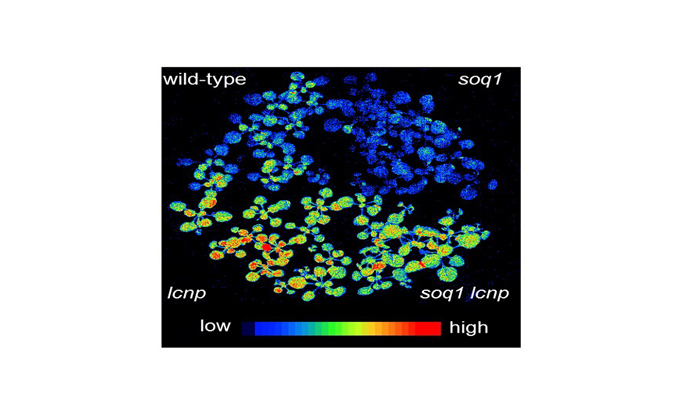
Protection from the Sun: Sunscreen for Plants
Research, The Plant Cell, The Plant Cell: In a NutshellMalnoë et al. demonstrate that a protein from the lipocalin family plays a role in promoting energy dissipation that prevents damage from long-term light stress. The Plant Cell (2017). https://doi.org/10.1105/tpc.17.00536
By Alizée Malnoë
Background: Light is necessary for plant growth…
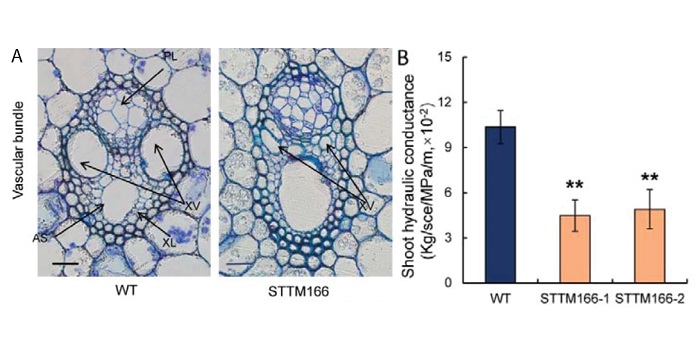
Knock-down of rice microRNA166 confers drought resistance through changes in leaf morphology (Plant Physiol.)
Plant Science Research Weekly, Research, Research BlogUnder drought conditions, moderate leaf rolling improves yield in rice by reducing water loss and allowing efficient photosynthesis (leaf upright position). In STTM166 transgenic rice plants, miRNA166 is knocked down (STTM means "short tandem target mimic") and the plants constitutively exhibit the…
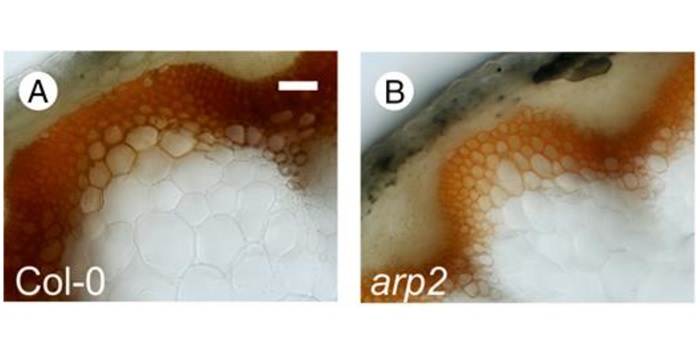
What We're Reading: January 5th
Blog, Research, Research Blog, WWR Full PostGuest Editor: Alecia Biel
Alecia is a graduate student at The Ohio State University in the US and has been a Plantae Fellow since September 2017. Her research focuses on elucidating hormone signaling pathways and the role of the nucleus during this process, particularly throughout plant abiotic…
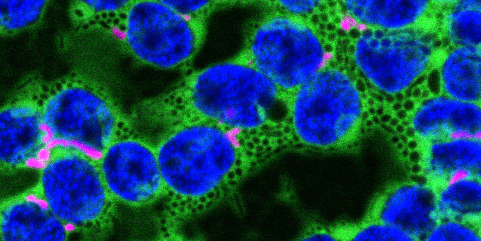
Protection Against Reactive Carbonyl Species
Research, The Plant Cell, The Plant Cell: In a NutshellSchmitz et al. investigate the physiological significance of the glyoxylase system in Arabidopsis https://doi.org/10.1105/tpc.17.00258
By Jessica Schmitz and Veronica G. Maurino
BACKGROUND: In every living cell, side reactions of enzymes and spontaneous reactions of metabolites inevitably…
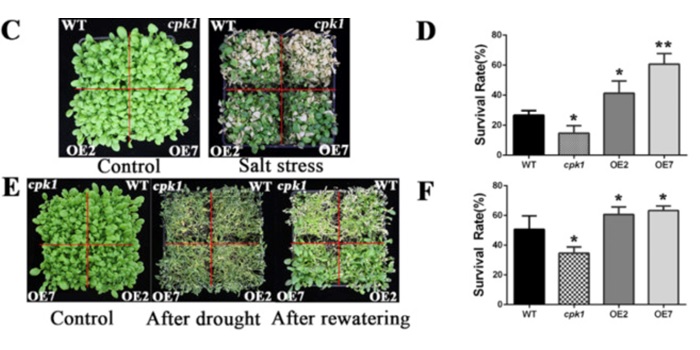
Arabidopsis calcium-dependent protein kinase AtCPK1 plays a positive role in salt/drought-stress response ($)
Blog, Plant Science Research Weekly, Research, Research BlogCa2+-dependent protein kinases (CPKs) can transfer calcium signals via phosphorylation events, a signaling process important for plant development and response to environmental stresses. With the multitude of CPKs thus far identified and their overlapping roles in both abiotic and biotic stress response,…
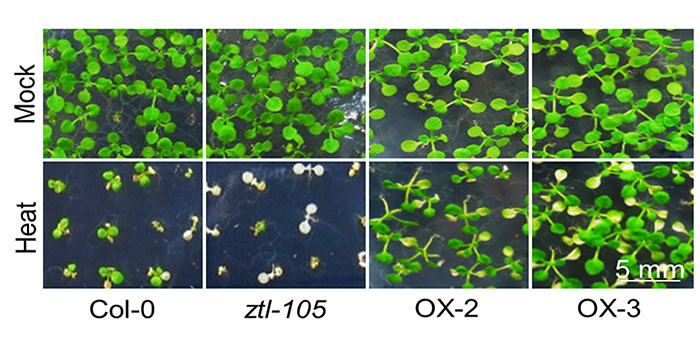
How Plants Clear Toxic Proteins
Research, The Plant Cell, The Plant Cell: In a NutshellGil et al. explore ZTL-mediated protein quality control https://doi.org/10.1105/tpc.17.00612
By Kyung-Eun Gil
Background: As sessile organisms, plants have evolved various mechanisms to adapt to environmental changes. Under stressful conditions such as high temperatures, proteins are misfolded…
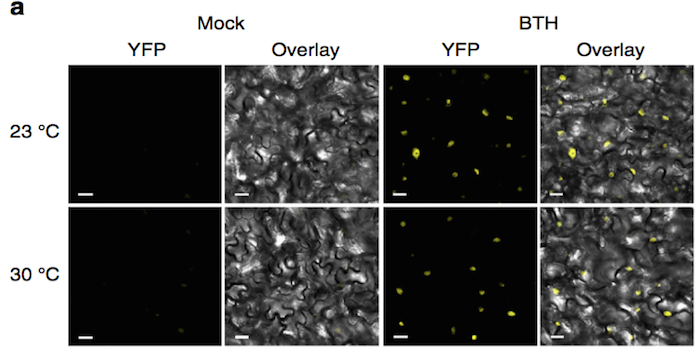
Dual impact of elevated temperature on plant defense and bacterial virulence in Arabidopsis
Blog, Plant Science Research Weekly, Research, Research BlogHuot et al. describe how elevated temperature (30 °C) enhances Arabidopsis thaliana disease susceptibility to the bacteria Pseudomonas syringae pv. tomato DC3000 (Pst DC3000): this includes an increase of bacterial type III secretion suggesting that increased Pst DC3000 virulence at 30°C is linked…

